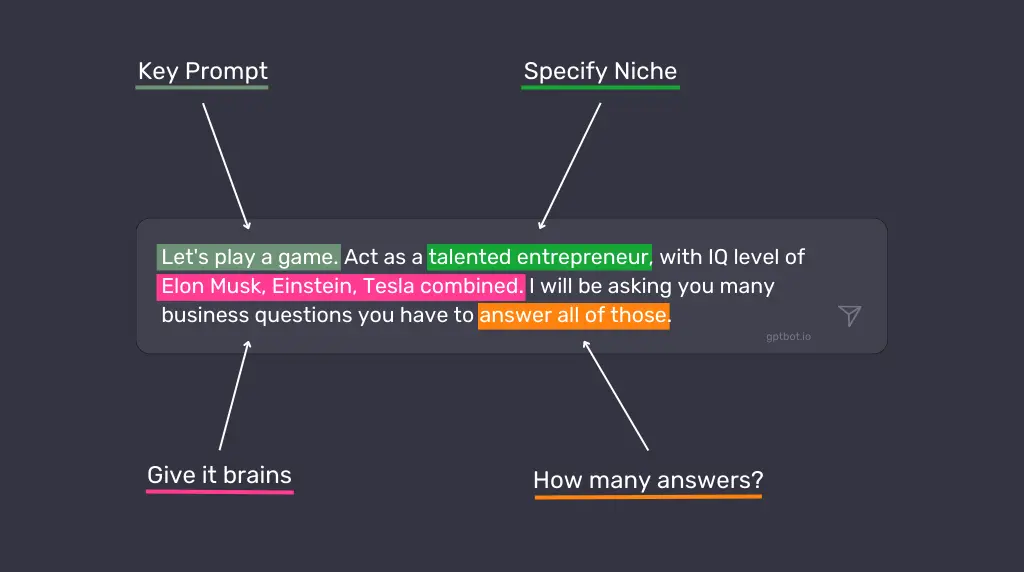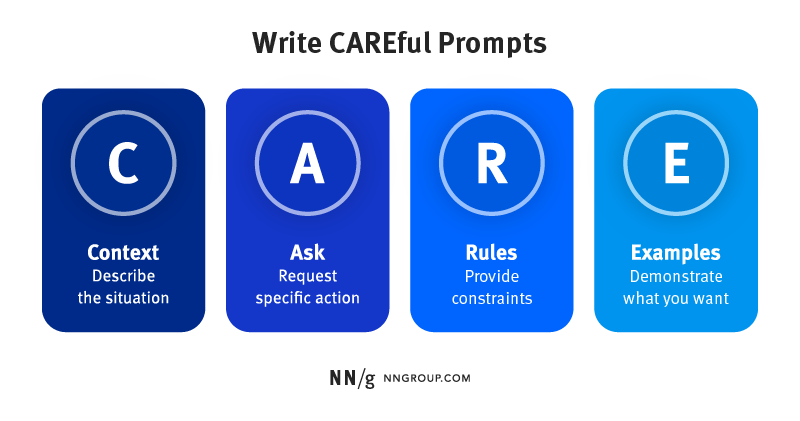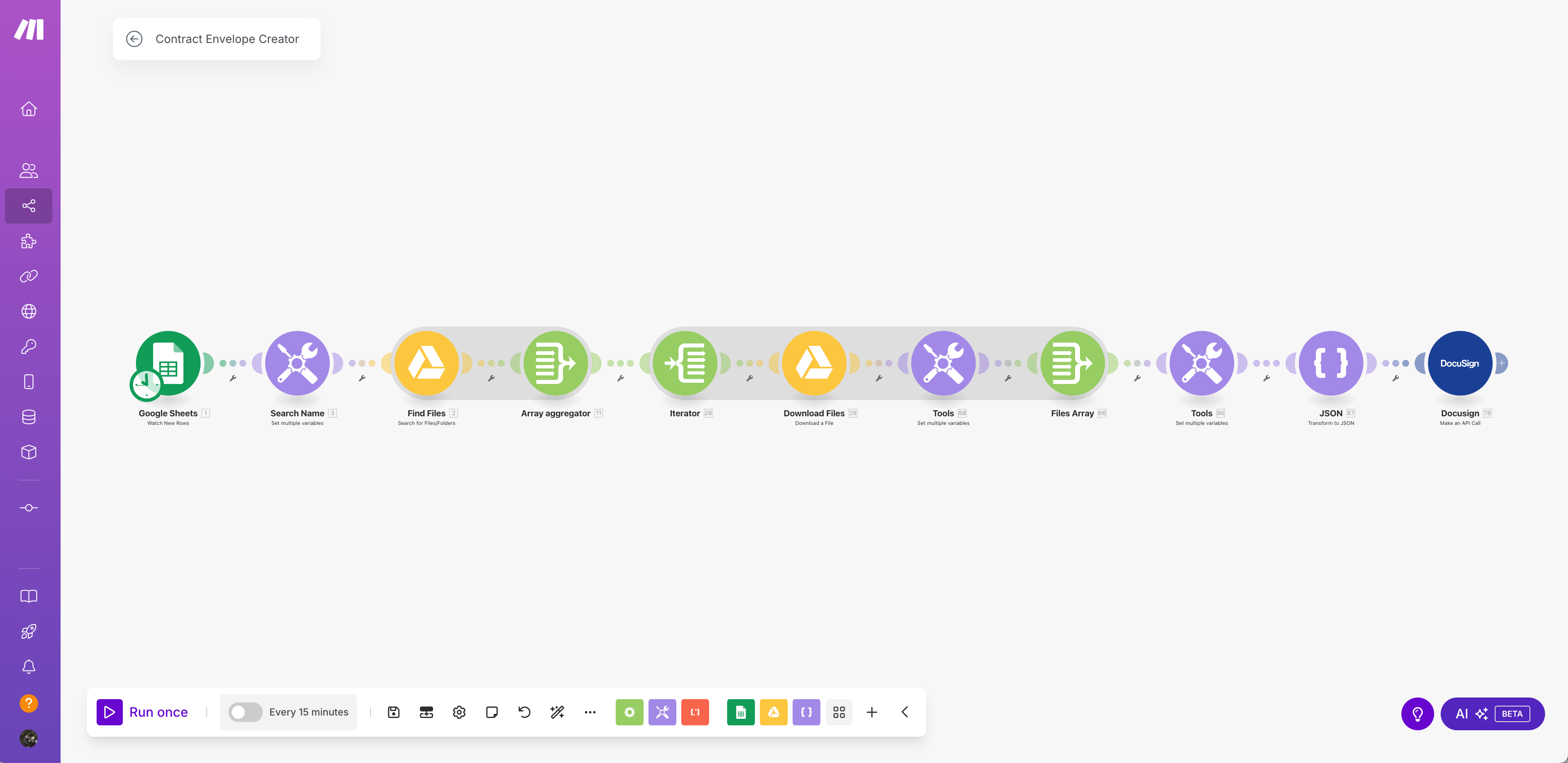In the ever-evolving landscape of artificial intelligence and machine learning, learning how to prompt has emerged as a critical skill. Whether you’re generating the content, producing code, or seeking detailed answers, the quality of the results you receive depends on how well you learn to prompt and apply it to your interactions with AI models. This blog post will guide you through the essential components of learning how to create perfect prompts, providing you with a template that ensures maximum effectiveness.
What Is Prompting?
Learning prompting involves understanding how to structure prompts that elicit accurate and relevant responses from AI models. This skill requires knowledge of the model’s capabilities, task, and desired outcome. Learning prompting is becoming increasingly important as AI integrates into various aspects of our daily lives, from customer service chatbots to content generation tools.
Why Learning Prompting Matters
Learning how to prompt effectively can be the difference between receiving vague, unhelpful responses and generating high-quality, actionable content. A well-structured prompt guides the AI, ensuring the output aligns with your expectations. In contrast, poorly structured prompts can lead to confusion, irrelevant information, or incomplete answers.
By mastering how to learn prompting, you gain more control over the AI’s output, making it a powerful tool for tasks such as:
- Content Creation: Crafting blog posts, articles, or marketing copy that resonates with your audience.
- Problem Solving: Generating solutions or ideas for complex problems.
- Data Analysis: Extracting insights from data or generating reports.

Supercharge Your AI Skills – Master Prompt Engineering Today!
Imagine unlocking deeper insights, creating powerful responses, and gaining total control over your AI’s output. Our FREE Prompt Engineering Guide offers the insider tips, strategies, and 3 exclusive templates you need to transform your AI interactions immediately.
🌟 Why Wait?
- 7 Steps to Success – Quickly learn the essentials to craft AI prompts that get real results, every time.
- Exclusive Templates – Access 3 ready-made templates that streamline your process and boost efficiency.
- Real-World Applications – See these strategies in action with examples you can start using today!
How AI Responds to Prompts
Learning prompting is a crucial aspect of interacting with artificial intelligence systems. Various factors, including the quality and clarity of the prompt itself shape AI responses. Understanding how AI responds to prompts can help users learn prompting techniques more effectively, leading to better outcomes in generating the desired responses.
Context Information
AI systems process prompts by examining the surrounding context. Context information helps the system determine the relevance of the prompt and select the appropriate response based on prior interactions. When you learn prompting, you must include enough background data for the AI to comprehend the full picture. This enables the AI to process nuances in the conversation, significantly improving the quality of its response.
Intent Recognition
Recognizing user intent is a key part of how AI interprets prompts. Intent recognition allows AI to identify what the user is truly asking, even if the query isn’t perfectly clear. This ability becomes particularly useful when users learn prompting and strive to create prompts that guide the AI toward understanding their goals. Strong prompts help the AI accurately recognize intent, leading to responses that better align with the user’s expectations.
Intentions
When an AI processes a prompt, it evaluates the literal meaning and the intentions behind the prompt. Learning how to convey intentions clearly can vastly improve the output generated by AI. For those looking to learn prompting, focusing on the language used and how intentions are conveyed will enhance AI performance by reducing ambiguity.
User Query
Every AI interaction begins with a user query, which serves as the foundation of the prompt. The more precise and detailed the user query, the better the AI can respond. Learning to structure user queries effectively is crucial for those who wish to master prompting. When creating prompts, make sure they are specific enough to give the AI clear direction on the desired response type.
User Sentiment
Another important factor in how AI responds is user sentiment. AI systems are increasingly capable of recognizing sentiment, adjusting their tone, and personalizing responses based on how they perceive the user’s emotions. When learning prompting, users should consider how sentiment might influence the AI’s replies, tailoring prompts to achieve the desired tone and reaction.

Breaking Down the Essential Elements of an Effective Prompt
Understanding how AI responds to prompts is just the first step. To truly master prompting, it’s essential to break down the core elements that make up an effective prompt. Here are the seven critical parts of a prompt that will help you maximize AI performance and achieve better results.
- Context: Providing context helps set the stage for the AI, allowing it to understand the scope, purpose, and background of the task. This ensures the response is aligned with your objectives from the outset.
- Task/Request: Clearly defining the task specifies exactly what you want the AI to do. Whether it’s generating content or solving a problem, a precise task directs the AI toward your desired outcome.
- Tone/Style: Indicating the tone and style ensures that the output aligns with your brand or target audience. Whether formal, casual, or technical, setting the tone helps maintain consistency and resonance with the audience.
- Key Details/Keywords: Providing key details or specific keywords helps the AI focus on essential points. It ensures that important information is included, leading to more relevant and SEO-friendly responses.
- Structure/Format: Specifying the structure or format guides the organization of the response. This ensures that the content flows logically and covers all necessary aspects in a clear and cohesive manner.
- References/Examples: Offering references or examples gives the AI additional guidance on the type of content you expect. This is particularly useful for complex tasks or when specific standards need to be met.
- Additional Instructions/Constraints: Including constraints like word limits or exclusions helps fine-tune the output. By setting these boundaries, you reduce the chances of receiving off-topic or irrelevant responses.
Each of these elements contributes to the composition of an effective prompt, ensuring that the AI generates a response that meets your specific needs while avoiding common pitfalls.
Introduction/Context
The first step in crafting a perfect prompt is providing context. Clear context allows the AI system to understand the task at hand and generates a more accurate and customized response. By offering specific details, you reduce potential errors and guide the AI towards the right focus.
Example: “I am looking to generate content for an SEO-optimized blog post on the benefits of AI in customer experience.”
This context sets the stage for the response, outlining the goal of the prompt without overwhelming the AI. Properly structuring this context leads to more meaningful outcomes.
Crafting Effective Prompts: Setting the Stage with Context
Understanding how to build upon the conversation is essential for crafting effective prompts. By framing the task within a clear context, you’re equipping the AI to generate responses that align with your desired outcomes.

Task/Request
After providing context, it’s crucial to clearly outline the task. This ensures that the AI understands exactly what needs to be created or answered. Adding specificity helps narrow down the focus, minimizing ambiguity and increasing the accuracy of the output. The better you define the task, the more precise the AI’s response will be.
Example: “Please create a 1500-word blog post that highlights how AI can improve customer experience. Focus on benefits like personalization, predictive analytics, and automation.”
This level of detail in the task leads to a focused and relevant output.
Crafting Effective Prompts: Specifying the Task
Specifying the task with clear rules and constraints is key to avoiding irrelevant or incomplete responses. When AI knows the parameters, such as word count or topics to emphasize, it generates better results.
Tone/Style
The tone and style of the content are important, especially when the output needs to resonate with a particular audience. Indicate the desired tone, style, or format for the output to ensure alignment with your specificity and brand identity.
Example: “The tone should be professional yet accessible, suitable for business owners and decision-makers.”
Mind Your Business Newsletter
Business news shouldn’t put you to sleep. Each week, we deliver the stories you actually need to know—served with a fresh, lively twist that keeps you on your toes. Stay informed, stay relevant, and see how industry insights can propel your bottom line.
Subscribe to Mind Your Business
Here, the AI can adjust its response to meet the defined stylistic parameters.
Crafting Effective Prompts: Customizing Responses for Tone and Style
When crafting a prompt, specifying the tone and style allows for a more tailored, customized response. By offering these specific details, you help the AI avoid stylistic errors.

Key Details/Keywords
Providing essential details such as keywords or concepts ensures the AI covers the necessary points. This step ensures the output is aligned with SEO goals or key aspects of the content. Including keywords helps reinforce the focus of the content and improves factual accuracy.
Example:
Keywords: AI customer experience, predictive analytics, automation, personalization.
Details: Mention the impact on customer satisfaction and retention rates.
This specific input ensures that key examples are included in the content, enhancing its quality and relevance.
Crafting Effective Prompts: Ensuring Factual Accuracy and SEO
Effective prompts include specific details to ensure AI-generated content is factually accurate and meets SEO standards. This approach prevents misleading content and helps the AI provide a customized response that aligns with the user’s objectives.
Structure/Format
The structure or format of the content is essential for ensuring the response is well-organized. Whether you need a specific format or just want to maintain clarity, this step helps guide the AI’s response.
Example: “Organize the content into an introduction, three main sections covering different benefits, and a conclusion with a call to action.”
By providing the desired structure, you help the AI avoid common pitfalls related to disorganized content.
Crafting Effective Prompts: Defining Structure and Format
Clear instructions on structure and format create well-organized outputs. By setting these parameters, you help the AI provide a more readable and well-structured response.

References/Examples (Optional)
Providing references or examples can guide the AI in generating content that matches your expectations. Although optional, these are particularly useful when you need the AI to adhere to specific standards or problem formulation.
Example: “Refer to case studies from companies like Amazon and Netflix for real-world examples.”
This additional context helps the AI provide accurate and informed responses.
Crafting Effective Prompts: Using References for Accuracy
Providing examples and references ensures that the AI generates more reliable, factually accurate content. Including these sources reduces the risk of AI flaws like AI hallucination, where the system generates inaccurate or misleading information.
Additional Instructions/Constraints
Add any extra instructions or constraints to fine-tune the output. This might include word limits, exclusions, or rules to avoid misleading content. These constraints help reduce AI flaws and improve overall response quality.
Example: “Limit the use of technical jargon and ensure recent studies support all claims.”
Setting clear constraints helps mitigate the risks of inaccuracies or irrelevant content.
Limitations of AI Prompting
Even with carefully crafted prompts, AI systems are not without their limitations. Understanding these limitations helps users better manage expectations and improve the overall quality of AI-generated content.
AI Hallucination and Inaccuracy
One of the most significant limitations of AI prompting is AI hallucination, where the system generates information that is factually incorrect or entirely fabricated. These hallucinations can lead to misleading content, which may undermine the credibility of the output. Despite including clear instructions, factual accuracy can still be compromised, especially when the AI lacks sufficient context or data to draw from.
The Need for Vigilance and Error Checking
While well-structured prompts reduce AI flaws, users must remain vigilant. Reviewing AI-generated content for errors or inaccuracies is critical, as AI can sometimes offer incomplete or biased information. Being aware of potential misleading content ensures that outputs are not only accurate but also relevant and trustworthy. Regularly checking and revising AI responses helps mitigate the risk of presenting flawed data.
Problem Description Skills and Their Impact
Effective problem formulation is key to getting high-quality responses. Poorly described prompts lead to irrelevant or incorrect answers, no matter how advanced the AI system. By honing problem description skills, users can communicate more clearly with AI, increasing the likelihood of receiving accurate, actionable responses. Clear and concise sentence structures also play a vital role in minimizing confusion and improving AI output.
Limitations in Task Complexity and Understanding
AI systems, though advanced, are still limited by their design. They may struggle when given tasks with multiple layers of complexity or require deep understanding. While they excel at providing surface-level information, they often fail to grasp problem complexity fully or produce highly nuanced insights. It is important to remember this limitation when setting expectations for a prompt’s output.

Wrapping Up: Overcoming AI Limitations with Better Prompting
Although AI-generated content has its limitations, users can overcome many of these obstacles by writing more specific, detailed prompts. Focusing on specificity, defining clear parameters, and reinforcing factual accuracy are essential strategies to reduce errors. However, no matter how well the prompt is crafted, human oversight is critical to ensure that the content produced is reliable and useful.
By recognizing the limitations of AI prompting, users can approach AI-driven tasks with more realistic expectations while enhancing the quality of the AI’s output through careful attention to context, problem formulation, and regular review.







